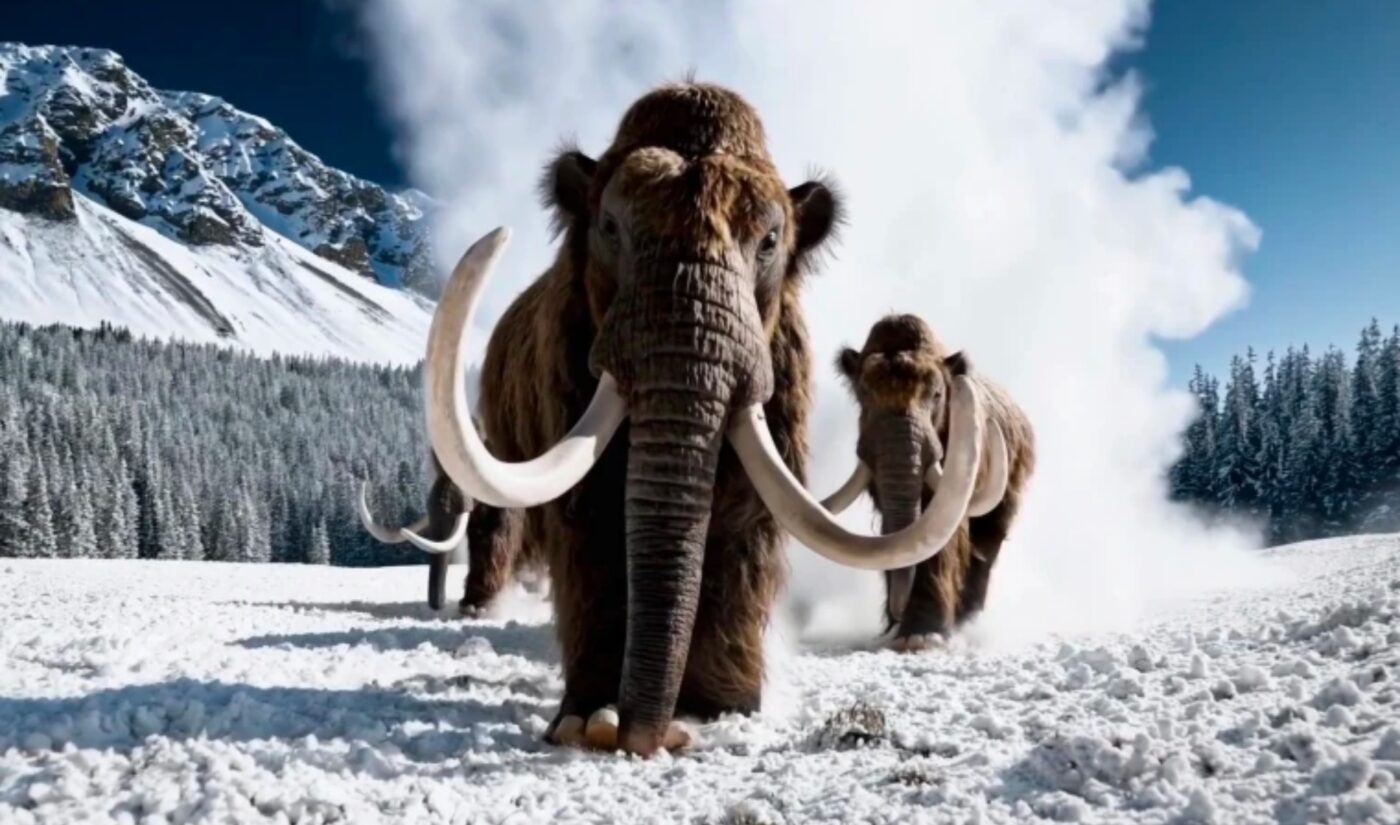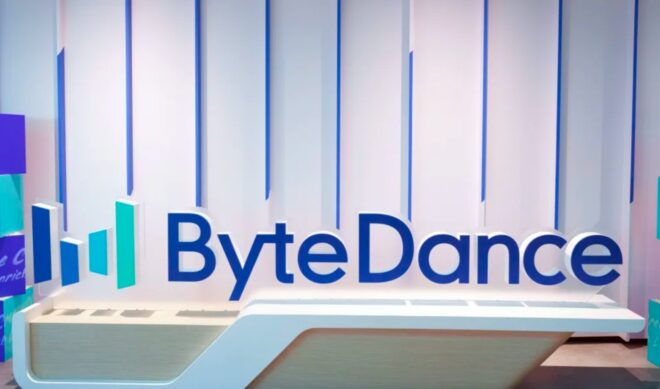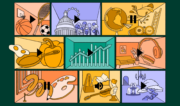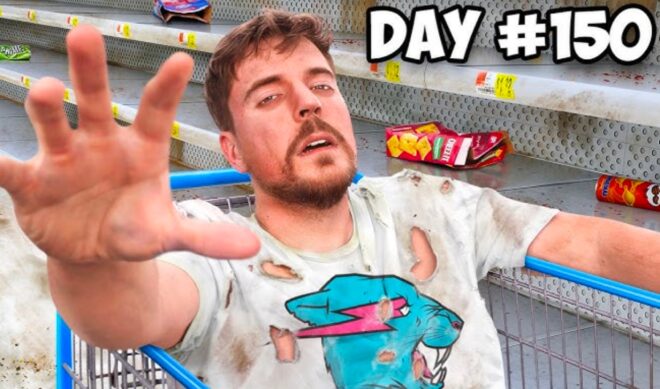OpenAI has announced another innovation in the field of generative artificial intelligence. The parent company of ChatGPT has revealed Sora, a platform that creates realistic videos based on prompts provided by users.
Sam Altman, who was reinstated as OpenAI’s CEO last November, introduced Sora in a post on X. He explained that the new platform is only available to a small group of users while “red teamers” — cybersecurity experts who look for flaws in software — conduct their sweep of Sora.
In the simplest terms, Sora is a video version of DALL-E, the OpenAI model that turns text prompts into AI-generated images. With Sora, the Microsoft-owned tech company has added a new level of complexity. “Sora is able to generate complex scenes with multiple characters, specific types of motion, and accurate details of the subject and background,” reads a post on the Sora homepage. “The model understands not only what the user has asked for in the prompt, but also how those things exist in the physical world.”

Subscribe for daily Tubefilter Top Stories
Altman has shown off his team’s new software by taking prompt requests on X. His creators have included a monkey playing chess in the park (suggested by MrBeast), an animal kingdom bicycle race on top of the ocean, and a mountainside podcast hosted by two Golden Retrievers.
The realism of Sora’s creations has impressed the internet’s savviest tech thinkers. Reviewer Marques Brownlee described the launch of Sora as “another ChatGPT/DALL-E moment for AI” in a video he uploaded to his YouTube channel. He believes that Sora’s work “will pass as real videos to people who are not looking for AI-generated videos.”
Among the potential applications for Sora, Brownlee sees some potential uses, particularly in the realm of stock footage. He marveled at how far AI-generated video has come since last March, when a fabricated clip of Will Smith eating spaghetti went viral. Compared to that video, Sora’s creations are far more lifelike. “The spaghetti was like a year ago,” Brownlee said.
Brownlee also expressed some dismay that these AI innovations are coming during an election year in the U.S.
“Deepfaked” content has become a serious problem, especially in the context of political misinformation. In response, platforms like YouTube and TikTok have required creators to label AI-generated content on their channels.
On the Sora homepage, OpenAI acknowledged the potential drawbacks of its new technology, specifically concerning art and artists. “We’ll be engaging policymakers, educators, and artists around the world to understand their concerns and to identify positive use cases for this new technology,” reads the post. “Despite extensive research and testing, we cannot predict all of the beneficial ways people will use our technology, nor all the ways people will abuse it. That’s why we believe that learning from real-world use is a critical component of creating and releasing increasingly safe AI systems over time.”
OpenAI is an innovator in the world of generative AI, but other companies have pursued their own takes on Sora-style videos. Last year, YouTube announced Dream Screen, a tool that turns text prompts into AI-generated backgrounds for videos.














